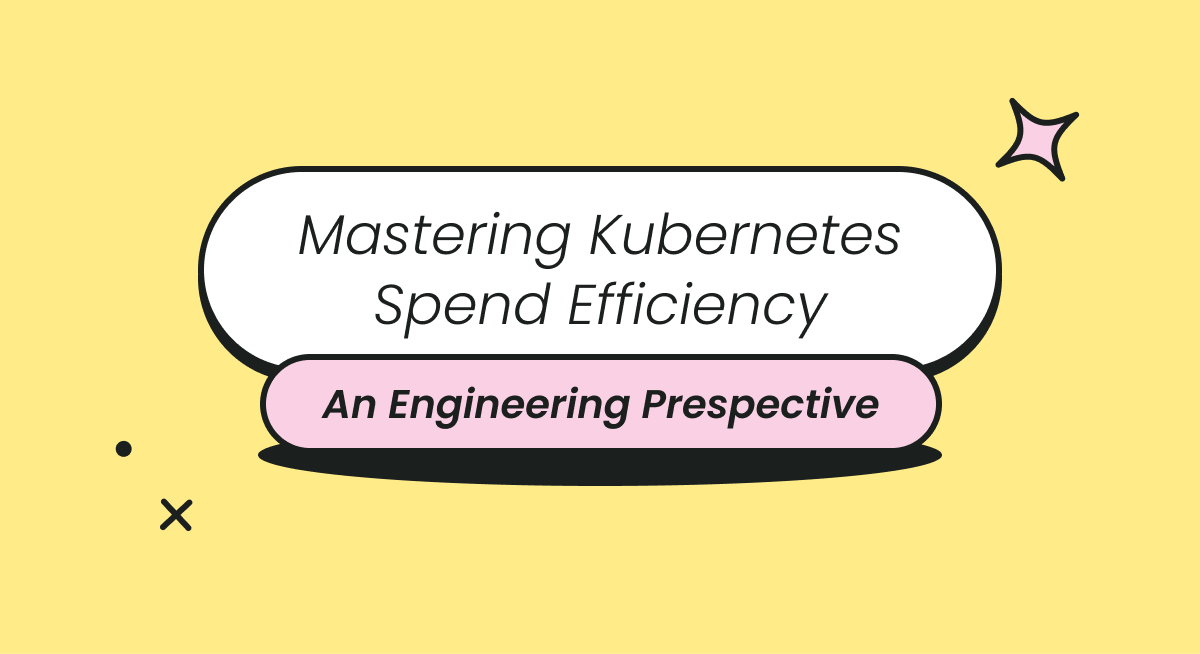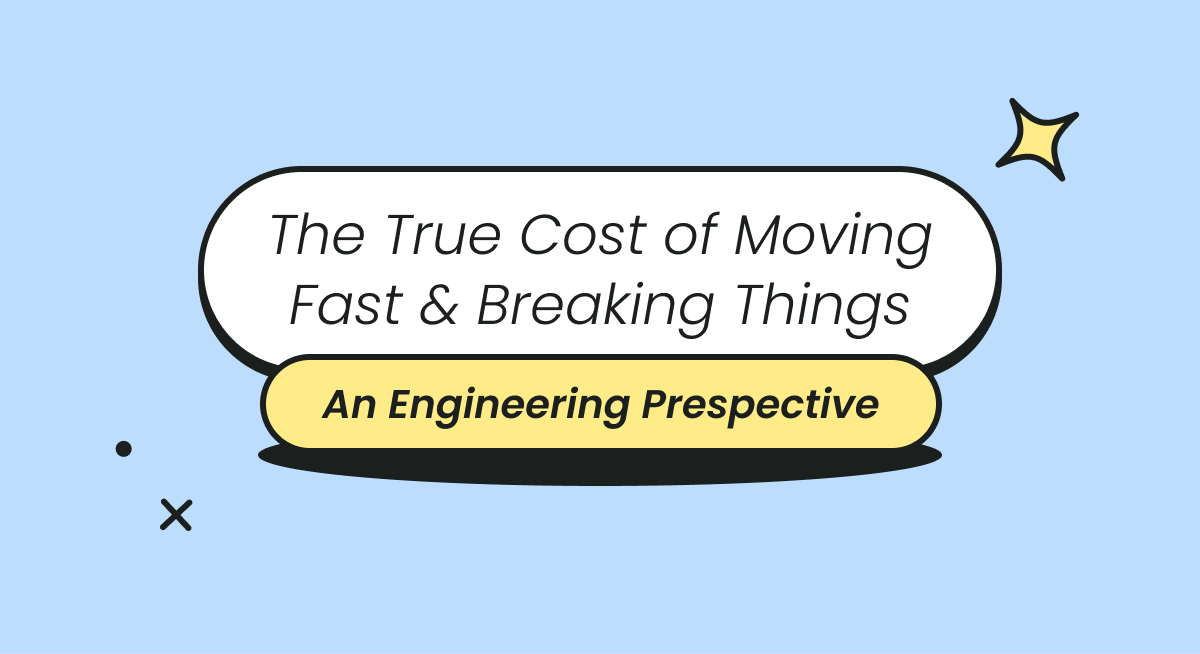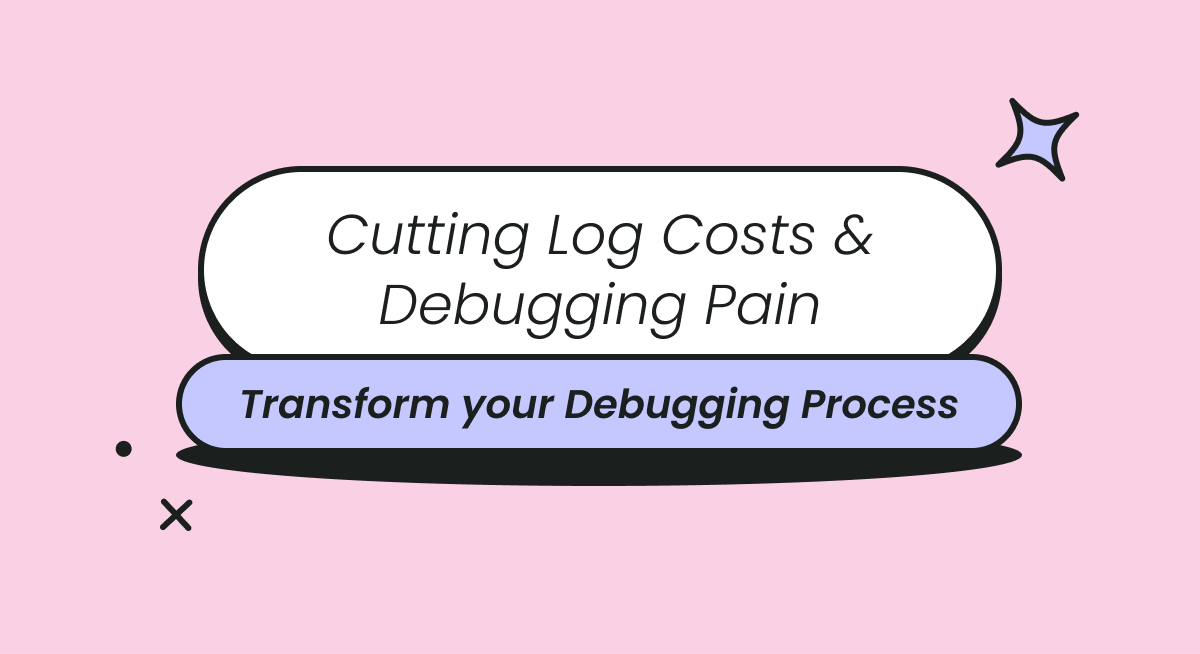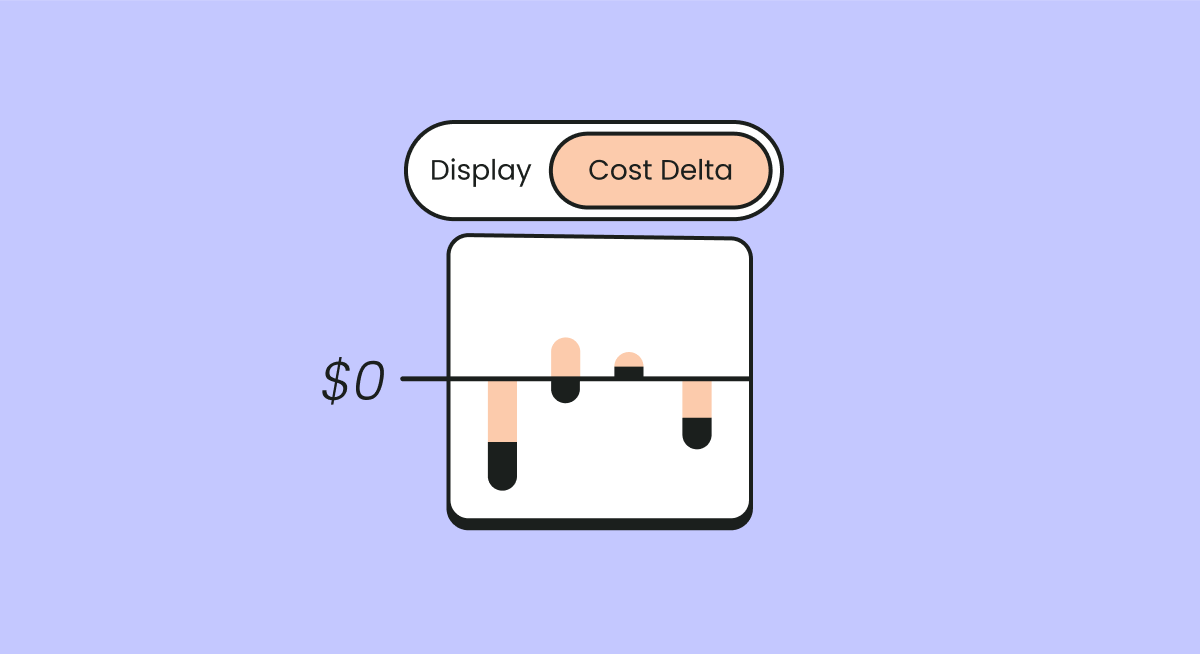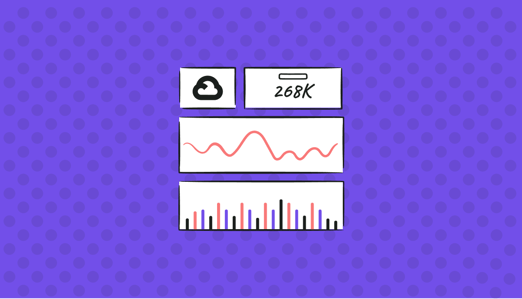
Cloud cost optimization is more than just saving money; it’s about getting the most out of your investment. Without proper care, your cloud architecture can quickly spiral out of control, leaving you with heavy workloads, poorly functioning apps, and a low return on your investment.
Respondents in a McKinsey survey estimate that about 30% of all enterprise cloud spend is wasted, with 80% reporting difficulty in managing cloud expenses.
Using Google Kubernetes Engine (GKE) for cluster creation and management helps you abstract the complexities of a Kubernetes implementation. But, it can cost a lot if you don’t follow the best cloud cost management and monitoring practices.
This article will give you insights into the best practices necessary to manage your GKE infrastructure and get the best value out of your cloud investment.
What Is Google Kubernetes Engine?
GKE offers an environment for deploying, managing, and scaling containerized applications via the Google Cloud Platform (GCP).
GKE comprises Kubernetes instances running on Google Compute Engine, a master node managing container clusters, an agent, and an API server that interacts with the cluster and executes tasks such as container scheduling and API requests.
Put simply, GKE gives enterprises comprehensive control over all aspects of container orchestration, including networking, storage, load balancing, and monitoring. It lets you create, debug, resize, and upgrade container clusters with preconfigured workloads when necessary.
Read more: How to manage cloud costs on GCP and GKE.
5 Best Practices for Optimizing Google Kubernetes Engine
- Adjust GKE Autoscaling
Autoscaling is a Google Cloud strategy for reducing infrastructure downtime so that users pay only for what they need. With autoscaling, you save by getting workloads and infrastructure up and running as demand increases and then shutting them off when it decreases. This is key to minimizing costs and maximizing performance when scaling with GKE.
To take full advantage of autoscaling, you have to consider the different GKE autoscaling options and configurations available. The following are GKE features for autoscaling your infrastructure:
- Horizontal Pod Autoscaler (HPA)
HPA uses load-based metrics and usage to help scale applications that run in pods. In a nutshell, it helps you adapt to changes in usage by adding and deleting replica pods, spinning up stateless workers in response to sudden spikes in usage, and terminating them before the workload becomes unstable.
- Vertical Pod Autoscaler (VPA)
VPA is used for sizing your pods and setting optimal CPU and memory requirements over time. A good allocation of resources helps you optimize costs and ensure stability. For instance, if the resources allocated to the pod are too small, your apps become throttled or fail because of out-of-memory (OOM) errors.
- Cluster Autoscaler (CA)
With Cluster Autoscaler, GKE enables pods to run on the underlying infrastructure based on current demand. Unlike HPA and VPA, CA relies on scheduling and pod declarations rather than load metrics.
Essentially, CA removes inactive nodes and replaces them with new ones if the existing cluster cannot accommodate them.
- Node Auto-Provisioning
Node Auto-provisioning enables Cluster Autoscaler to add and manage node pools under the hood for the user. If node auto-provisioning is not used, GKE starts new nodes only from the node pools that the user has created. In contrast, you can reduce resource consumption and waste by creating and deleting new node pools on demand with node auto-provisioning.
Choose the Right Machine Type
The choice of the machine type also affects the cost of running a Kubernetes app. For instance, preemptible VMs (PVMs) run for 24 hours at most and provide zero availability guarantees—they can be terminated with little notice. However, they offer savings of up to 91% compared to regular Compute Engine VMs.
While PVMs can be used in GKE clusters, they are not recommended. They are more suited for batch and fault-tolerant jobs that can handle sudden node failures.
Furthermore, E2 machine types (E2 VMs) are 31% more cost-effective than N1 virtual machines. This makes them a good option for handling diverse workloads, such as enterprise-grade web servers, databases, microservices, and dev environments.
Enable GKE Usage Metering
To fully understand your GKE costs, you should monitor your cluster’s workload, total cost, and performance. GKE usage metering is instrumental in monitoring resource usage, mapping workloads, and estimating resource consumption.
By enabling GKE metering, you can easily identify the most resource-intensive applications and workloads. You can also observe any sudden spikes in resource consumption caused by components or environments. GKE cluster usage profiles can be accessed using labels and namespaces.
Allocate Sufficient Resource Requests and Limits
It’s essential to set the appropriate resources that your application needs. If not, you may end up using up more memory than you need or having your application throttled or impacted negatively.
Furthermore, you can specify how your container resources should be configured: Kubernetes allows users to define both CPU and Memory (RAM).
The request represents the amount of CPU or memory resources your application needs to run, while the limit is the maximum usage threshold for these resources.
With your resource requests properly set, the Kubernetes scheduler can place the pod on the node that can accommodate them in a way that won’t affect the performance or stability. Additionally, this helps to ensure that your apps never use up or hog all resources available.
Consume Reserved Zonal Resources
Using reserved zonal resources can offer tremendous benefits in helping you optimize your cloud cost. For instance, you can reserve VMs in specific cloud zones to ensure your workloads have sufficient resources on demand.
These VMs are very easy to reserve in the cloud for a 1– or 3–year period. You can also evaluate your yearly resource usage on GKE, as per the cost comparison for reserved VMs in Figure 1.

Figure 1. Cost comparison for reserved VMs
Choose the Right Region
To get the most out of your infrastructure, you should run your GKE cluster where it's most cost-effective, i.e., the best option to run your containerized workload with minimal latency – so it doesn’t affect the customer experience. Be aware, however, that Compute Engine pricing varies by region.
You can also deploy Compute Engine resources in multiple regions around the world. Be sure to consider the latency, pricing, machine-type availability, and resource quotas.
Optimize Total Cloud Costs With Finout
Cloud cost management extends beyond just GKE or GCP. For leading enterprises and development teams working across hybrid and multi-cloud environments such as Microsoft Azure, GCP, and AWS, cloud cost control can quickly become a concern.
While smaller companies may get by with the native cloud cost management and monitoring solutions available on Google Cloud and GKE, larger outfits, and enterprises require the granular details of cluster usage and multi-cloud management and visibility.
When companies require robust reporting, forecasting, granular insights, and full visibility over cloud costs across multi-cloud solutions, they adopt advanced FinOps solutions such as Finout.
Finout provides a comprehensive overview of cloud costs as well as optimization strategies for managing multiple cloud infrastructures. Finout is an advanced tool that offers multi-cloud Kubernetes management and label-tracking capabilities.
For more information on how to optimize your GCP and GKE cloud spend, Contact Finout today.
Related Kubernetes content:
- Kubernetes Cost Optimization
- Guide to Kubernetes Cost Management
- Blog on AKS Pricing
